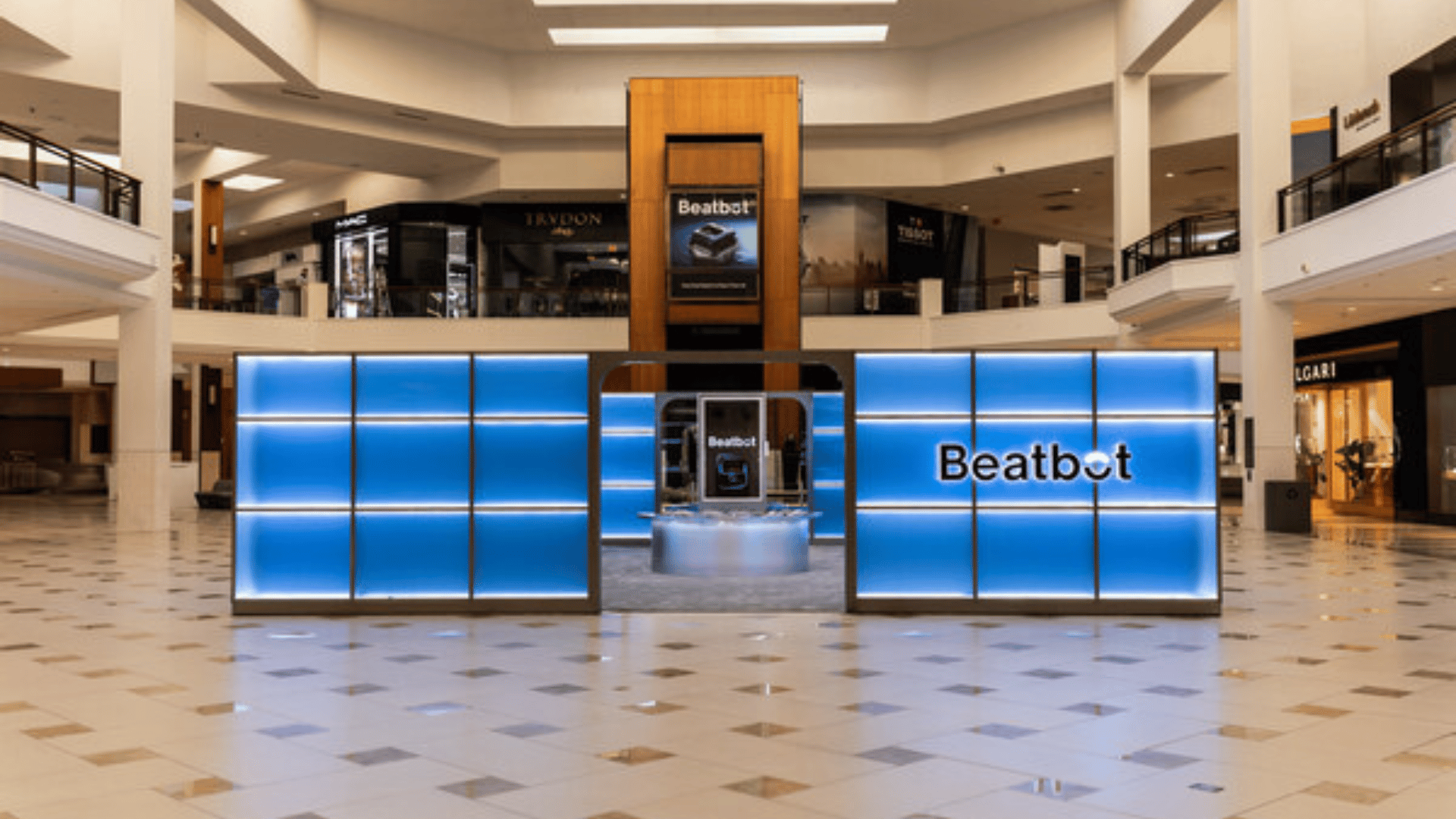All of us are feeling the impact of the pandemic in various ways, including the shipping and logistics industry. Whether it be the logistics market or the global freight forwarding market, this pandemic made both national and international shipping incredibly difficult. According to Statista, the global logistics industry will see a decline of 6.1 percent in gross value added to the logistics industry. In addition, the global freight forwarding industry is expected to decline by 7.5 percent. And, on an individual level, the North American sea and freight forwarding markets are expected to decline by 12.1 percent and 9.5 percent compared to the previous year.
The shipping and logistics industries are hurting right now and reviewing their struggles and adjusted operations throughout the pandemic will allow us to see how these industries must innovate moving forward.

The main takeaway one can observe from the pandemic is that the vast majority of shipping companies weren’t prepared for it. The way that shipping and logistics companies are typically run involves a lot of in-person work and communication, which simply can’t happen during a pandemic without the possibility of cross-contamination.
The impact on this industry began in China where the virus originated. China is one of the world’s more significant global manufacturers. According to International Financial Corporation, the city that was the epicenter of the pandemic, Wuhan, contains more than 200 of the Fortune Global 500 Firms. So, once international shipping from China began to be restricted, the world began to feel the ripple effects in several industries including the electrical, medical, pharmaceuticals, and consumer goods industries.
And, furthermore, even when manufacturing did pick up again it wasn’t able to be at full capacity as shipping systems had to implement restrictions and additional safety measures. For example, take the long-haul trucking industry in China. Between January 24, 2020, and February 6, 2020, the industry fell below 15 percent of their 2019 levels. Then, afterward, they only recovered up to 50 percent of their 2019 levels until the end of March.

As the virus began to spread to other countries, more and more restrictions began to be placed on the international shipping industry, making national shipping arguably the only option. The problem is that not only were shipping and logistics companies not operating in a pandemic-prepared way, but also that the pandemic drastically accelerated the customer demand for quick shipping. Not only were many shipping companies putting efforts toward helping doctors receive masks, ventilators, and medical supplies, but consumers turned toward online ordering options for grocery deliveries and shopping as opposed to shopping in-store.
Both smaller and bigger companies alike are feeling the impact of working at a smaller capacity with a much higher demand. Small companies are struggling because, according to The Economic Times, they often lack a backup or recovery plan. In addition, the lack of technology and access to health guideline tools makes the transition much more difficult. Larger companies are also suffering, including DHL and CVA who both declared Force Majeure on their contracts in April due to the pandemic.
There are many things that this pandemic can teach us about the shipping and logistics industry, but one of the most important things is that we need to further integrate technology into the process. Take Lazer Spot, a logistics company that has continued to work and thrive in spite of the pandemic. This is because they were already working to integrate technology into their day-to-day operations for years.

Lazer Spot uses an automated system in order to alert their works as to which of their trailers need to be loaded with supplies and which are already loaded and ready to be delivered. The system allows employees to quickly and efficiently get trailers loaded and sent out in small one-person trucks, without the need for contact or risk. The system also allows them to track all of the trailer’s locations in real-time, as well as whether they’re full/empty and outbound/inbound.
Though every company has needed to make adjustments, those with technology-based logistics systems are doing the best in this new landscape. In fact, a representative from Lazer Spot stated, “The best we can say is we are great at planning logistical movement but experts at pivoting our business to what the industry needs… One huge undertaking we are currently in the center of is the distribution of the much anticipated COVID vaccine. Lazer Spot was very appreciative and proud to receive the call that we would be the sole logistical backbone of the distribution of these vials that will change the world. In times of crisis, it is those that are willing to overcome all odds to continue to produce results that often make the crisis fade, and this opportunity will show that we are dedicated to the support of making change.”







